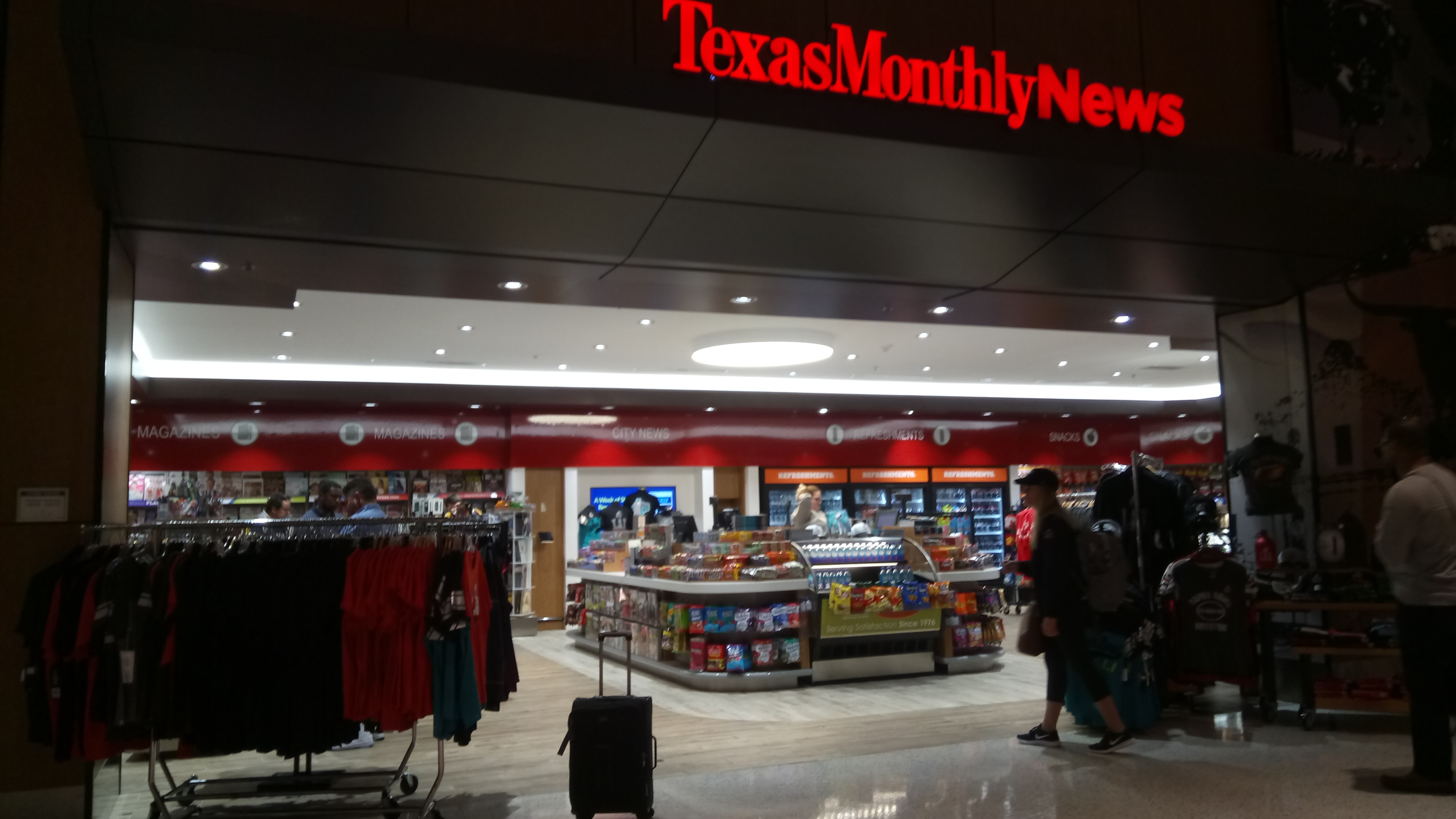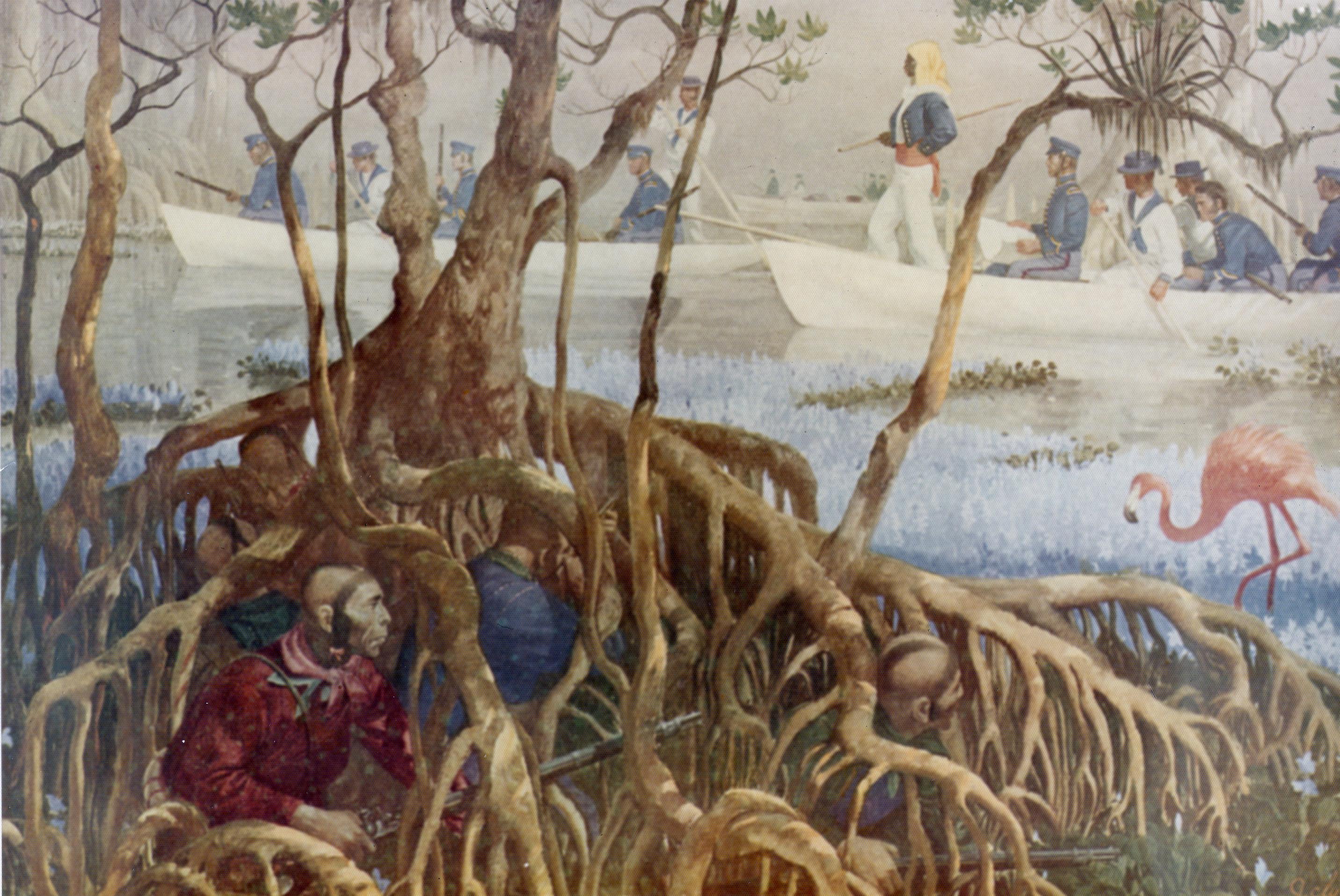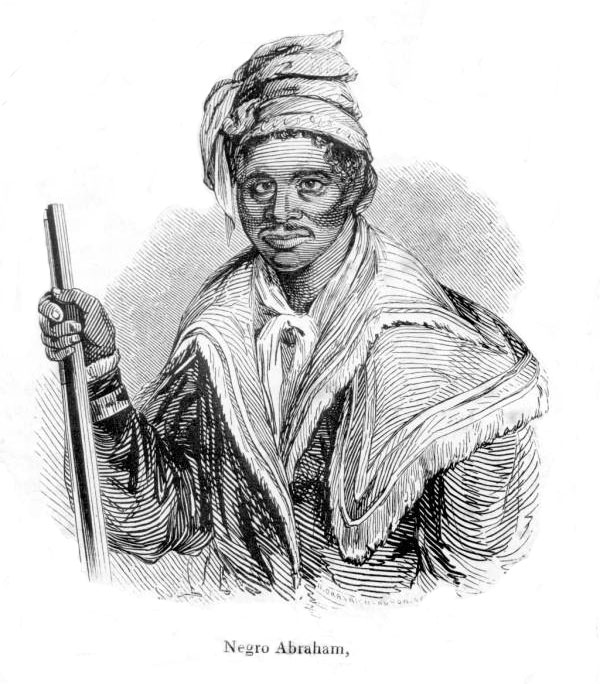|
Múzquiz Municipality
Múzquiz is one of the 38 municipalities of Coahuila, in north-eastern Mexico. The municipal seat lies at Santa Rosa de Múzquiz. The municipality covers an area of . As of 2005, the municipality had a total population of 62,710. Of these, 242 spoke an Indigenous languages of Mexico, indigenous language, primarily Fox language, Kickapoo and Nahuatl. It is named for Melchor Múzquiz, President of Mexico, President of the Republic in 1832, born in Santa Rosa in 1790. Besides the seat, other towns of note include the coal mining town of Palaú (pop 16,000). Communities originating in the United States The town of :es:El Nacimiento, El Nacimiento is home to the Mexican Kickapoo, Kickapoo and the Mascogos, both of whom originated in the eastern United States. The Mascogos ( es, Negros Mascogos) are descendants of Black Seminoles who had fled to Indian Territory following the Seminole Wars. Both the Kickapoo and the Mascogos later left Indian Territory and settled in Mexico. Locals ... [...More Info...] [...Related Items...] OR: [Wikipedia] [Google] [Baidu] |
Municipality (Mexico)
Municipalities (''municipios'' in Spanish language, Spanish) are the second-level administrative divisions of Mexico, where the first-level administrative division is the ''states of Mexico, state'' (Spanish: estado). They should not be confused with cities or towns that may share the same name as they are distinct entities and do not share geographical boundaries. As of January 2021, there are 2,454 municipalities in Mexico, excluding the 16 Boroughs of Mexico City, boroughs of Mexico City. Since the 2015 Intercensal Survey, two municipalities have been created in Campeche, three in Chiapas, three in Morelos, one in Quintana Roo and one in Baja California. The internal political organization and their responsibilities are outlined in the 115th article of the Constitution of Mexico, 1917 Constitution and detailed in the constitutions of the states to which they belong. are distinct from , a form of Mexican Localities of Mexico, locality, and are divided into ''Colonia (Mexico ... [...More Info...] [...Related Items...] OR: [Wikipedia] [Google] [Baidu] |
Coal Mining
Coal mining is the process of extracting coal from the ground. Coal is valued for its energy content and since the 1880s has been widely used to generate electricity. Steel and cement industries use coal as a fuel for extraction of iron from iron ore and for cement production. In the United Kingdom and South Africa, a coal mine and its structures are a colliery, a coal mine is called a 'pit', and the above-ground structures are a 'pit head'. In Australia, "colliery" generally refers to an underground coal mine. Coal mining has had many developments in recent years, from the early days of men tunneling, digging and manually extracting the coal on carts to large open-cut and longwall mines. Mining at this scale requires the use of draglines, trucks, conveyors, hydraulic jacks and shearers. The coal mining industry has a long history of significant negative environmental impacts on local ecosystems, health impacts on local communities and workers, and contributes heavily to th ... [...More Info...] [...Related Items...] OR: [Wikipedia] [Google] [Baidu] |
Mexican Social Security Institute
The Mexican Institute of Social Security ( es, Instituto Mexicano del Seguro Social, IMSS) is a governmental organization that assists public health, pensions and social security in Mexico operating under the Secretariat of Health. It also forms an integral part of the Mexican healthcare system. History The IMSS was founded by President Manuel Ávila Camacho on January 19, 1943, in order to satisfy the legal precepts established in the Article 123 of the Constitution. It is constituted by representations of the Workers, Employers and the Federal government. It is the largest social welfare institution in all Latin America. For some time, however, there have been festering signs of trouble in IMSS, not the least being serious financial problems that came to a head in early November 2010. Directors-General Mexican Social Security Law The Mexican Social Security law currently in effect, published in the Official Journal of the Federation (21 December 1995), is the legislati ... [...More Info...] [...Related Items...] OR: [Wikipedia] [Google] [Baidu] |
Texas Monthly
''Texas Monthly'' (stylized as ''TexasMonthly'') is a monthly American magazine headquartered in Downtown Austin, Texas. ''Texas Monthly'' was founded in 1973 by Michael R. Levy and has been published by Emmis Publishing, L.P. since 1998 and is now owned by Enterprise Products Co. ''Texas Monthly'' chronicles life in contemporary Texas, writing on politics, the environment, industry, and education. The magazine also covers leisure topics such as music, art, dining, and travel. It is a member of the City and Regional Magazine Association (CRMA). In 2019, ''Texas Monthly'' was purchased by billionaire Randa Williams. In 2021, ''Texas Monthly'' acquired ''Texas Country Reporter''. Circulation ''Texas Monthly'' has a paid circulation of 300,000 and it has a monthly readership of 2.5 million people—one out of seven Texan adults. Its audience comprises a roughly equal number of men and women, most of whom are between the ages of 30 and 55. Subject matter ''Texas Monthly'' takes as ... [...More Info...] [...Related Items...] OR: [Wikipedia] [Google] [Baidu] |
Juneteenth
Juneteenth is a federal holiday in the United States commemorating the emancipation of enslaved African Americans. Deriving its name from combining "June" and "nineteenth", it is celebrated on the anniversary of General Order No. 3, issued by Major General Gordon Granger on June 19, 1865, proclaiming freedom for slaves in Texas. Originating in Galveston, Juneteenth has since been observed annually in various parts of the United States, often broadly celebrating African-American culture. The day was first recognized as a federal holiday in 2021, when President Joe Biden signed the Juneteenth National Independence Day Act into law after the efforts of Lula Briggs Galloway, Opal Lee, and others. Early celebrations date to 1866, at first involving church-centered community gatherings in Texas. They spread across the South and became more commercialized in the 1920s and 1930s, often centering on a food festival. Participants in the Great Migration brought these celeb ... [...More Info...] [...Related Items...] OR: [Wikipedia] [Google] [Baidu] |
Seminole Wars
The Seminole Wars (also known as the Florida Wars) were three related military conflicts in Geography of Florida, Florida between the United States and the Seminole, citizens of a Native Americans in the United States, Native American nation which formed in the region during the early 1700s. Hostilities commenced about 1816 and continued through 1858, with two periods of uneasy truce between active conflict. The Seminole Wars were the longest and most expensive, in both human and financial cost to the United States, of the American Indian Wars. Overview First Seminole War The First Seminole War (1817-1818)-"Beginning in the 1730's, the Spaniards had given refuge to runaway slaves from the Carolinas, but as late as 1774 Fugitive slaves in the United States, Negroes [did] not appear to have been living among the Florida Indians." After that latter date more runaway slaves began arriving from American plantations, especially congregating around "Negro Fort on the Apalachicola Riv ... [...More Info...] [...Related Items...] OR: [Wikipedia] [Google] [Baidu] |
Indian Territory
The Indian Territory and the Indian Territories are terms that generally described an evolving land area set aside by the Federal government of the United States, United States Government for the relocation of Native Americans in the United States, Native Americans who held aboriginal title to their land as a sovereign independent state. In general, the tribes ceded land they occupied in exchange for Land grant#United States, land grants in 1803. The concept of an Indian Territory was an outcome of the US federal government's 18th- and 19th-century policy of Indian removal. After the Indian Territory in the American Civil War, American Civil War (1861–1865), the policy of the US government was one of Cultural assimilation of Native Americans#Americanization and assimilation (1857–1920), assimilation. The term ''Indian Reserve (1763), Indian Reserve'' describes lands the Kingdom of Great Britain, British set aside for Indigenous tribes between the Appalachian Mountains and t ... [...More Info...] [...Related Items...] OR: [Wikipedia] [Google] [Baidu] |
Black Seminoles
The Black Seminoles, or Afro-Seminoles are Native American-Africans associated with the Seminole people in Florida and Oklahoma. They are mostly blood descendants of the Seminole people, free Africans, and escaped slaves, who allied with Seminole groups in Spanish Florida. Many have Seminole lineage, but due to the stigma of having very dark or brown skin and kinky hair, they all have been categorized as slaves or freedmen. Historically, the Black Seminoles lived mostly in distinct bands near the Native American Seminole. Some were held as slaves, particularly of Seminole leaders, but the Black Seminole had more freedom than did slaves held by whites in the South and by other Native American tribes, including the right to bear arms. Today, Black Seminole descendants live primarily in rural communities around the Seminole Nation of Oklahoma. Its two Freedmen's bands, the Caesar Bruner Band and the Dosar Barkus Band, are represented on the General Council of the Nation. Other cent ... [...More Info...] [...Related Items...] OR: [Wikipedia] [Google] [Baidu] |
Mascogos
The Mascogos (also known as ''negros mascagos'') are an Afro-descendant group in Coahuila, Mexico. Centered on the town of El Nacimiento in Múzquiz Municipality, the group are descendants of Black Seminoles escaping the threat of slavery in the United States. History After the forced relocation of the Seminoles and Black Seminoles from Florida to Indian Territory, a group led by Seminole sub-chief Wild Cat and Black Seminole chief John Horse moved to northern Mexico. The group settled at El Nacimiento in 1852. They worked for the Mexican government to protect against Indian raids. Many of the Seminoles died from smallpox and many of those remaining eventually returned to the United States along with some of the Black Seminoles. In May 2017, the Governor of Coahuila Rubén Moreira Valdez signed a decree that recognized the ''tribu de los negros mascogos'' as a "pueblo indígena de Coahuila". He said that he hopes the Mascogos can begin receiving funds from the Instituto Nacio ... [...More Info...] [...Related Items...] OR: [Wikipedia] [Google] [Baidu] |
Mexican Kickapoo
The Mexican Kickapoo ( es, Tribu Kikapú) are a binational Indigenous people, some of whom live both in Mexico and in the United States. In Mexico, they were granted land at Hacienda del Nacimiento near the town of Múzquiz in the state of Coahuila in 1850. A few small groups of Kickapoo also live in the states of Sonora and Durango. The Mexican Kickapoo often work as migrants in Texas and move throughout the Midwest and the Western United States, returning in winter to Mexico. They are affiliated with the federally recognized tribes of the Kickapoo Traditional Tribe of Texas, Kickapoo Tribe of Oklahoma, and Kickapoo Tribe in Kansas. In 1979, the Mexican Kickapoo who were dual residents requested clarification of their status, as they had no clear legal status in either the United States or Mexico.Ricky (1999), p 172 An act was passed in 1983 by the United States Congress, which recognized them as a distinct subgroup of the Kickapoo Tribe of Oklahoma. It also granted federal reco ... [...More Info...] [...Related Items...] OR: [Wikipedia] [Google] [Baidu] |
Palaú
Palaú is a town in the Mexican state of Coahuila. It is located on the eastern boundary of the Chihuahuan Desert, in the municipality of Múzquiz. Temperatures in the summertime can easily reach 45 degrees Celsius and the winters are mild but wet. The main industry is coal mining. When an Austrian engineer discovered these energy riches in the late 19th century, the northern portion of Coahuila quickly transformed from a sparsely populated region of cattle ranchers to an industrial powerhouse. Thousands of Japanese immigrants came seeking work; some of their descendants, with Japanese surnames, are still here. Simabuco is one of several Japanese Surnames and is traced back to Anastacio Simabuco one of the earliest settlers of Palau he is believed to have migrated from Okinawa, Japan at the turn of the 20th century. Coahuila coal feeds steel mills in Monclova and Monterrey Monterrey ( , ) is the capital and largest city of the northeastern state of Nuevo León, Mexico, and ... [...More Info...] [...Related Items...] OR: [Wikipedia] [Google] [Baidu] |





